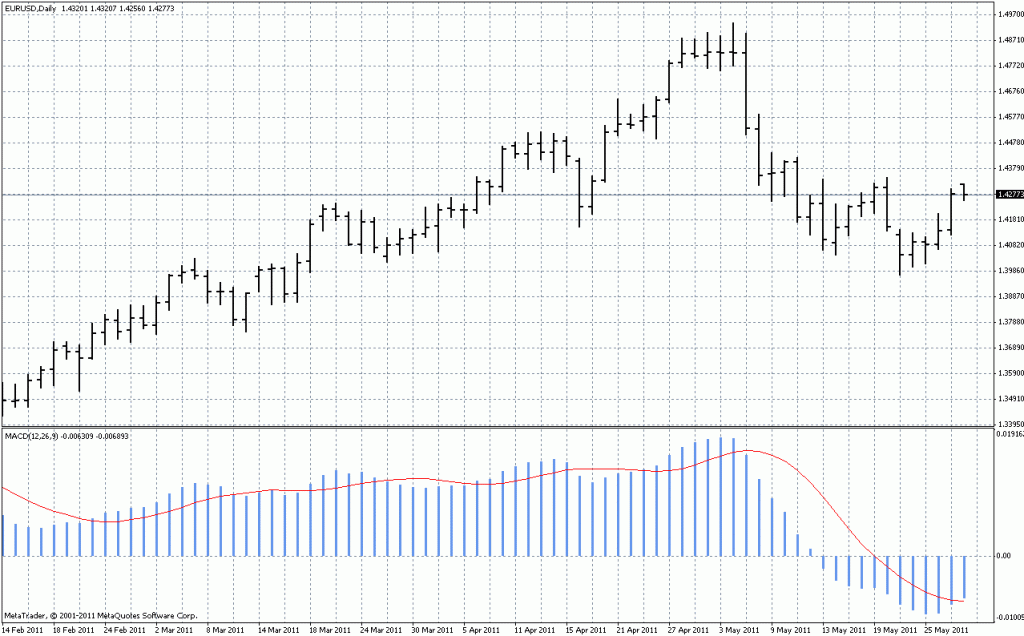How to Properly Use Stop-loss Orders
The time honored market maxim encourages traders to have the discipline to “cut losses short” in order to avoid potentially having to take bigger losses. As a result, most forex traders managing an online trading account and operating through online forex brokers will elect to manage their risk by using stop loss orders in some meaningful way.
In fact, currency brokers often encourage this practice since their customers using stop loss orders tend to stay in the forex trading business longer than their counterparts who do not.
Although the execution of such an order tends to have a negative impact on a trader’s online trading account, it can save them from having to take a much more painful loss if the market continues to move against their trading position.

Stop Loss Orders and How to Use Them
In the retail forex market, the term stop loss order usually refers to a direction to close out an existing forex trading position at a rate that is worse than the prevailing market. Stop loss orders are frequently given to foreign exchange brokers by traders to help them manage trading risk on an established position when they cannot themselves monitor the forex market continuously.
As a practical example of a stop loss order, consider the situation of a forex trader that has established a long position in EUR/USD at the 1.4500 level via an online forex broker. The trader might place their stop loss order at the 1.4450 level if they could comfortably afford to lose 50 pips and if they thought that the market in EUR/USD was unlikely to retrace to that level before they could take their profits.
Traders will often strategically place their stop loss sell orders with an online forex broker under technical support points, while placing stop loss buy orders above technical resistance levels, in order to gain additional protection from their stops being executed by currency brokers.
Trailing Stops
Some online forex brokers and more sophisticated forex trading platforms also offer currency traders the possibility of using trailing stops to protect their profits and potentially reduce their losses.
To use a trailing stop, a trader could enter an automatic trailing stop to adjust their stop loss level on an existing position if the market moves more than a certain amount in a favorable direction.
Alternatively, they could manually adjust their stop level as they see fit with their online forex broker by using a discretionary trailing stop when market conditions seen to justify the use of this strategy.
Slippage on Stop Losses
Stop loss orders are generally used to limit the risk taken in an online trading account to a manageable level, or to protect accrued profits in the case of trailing stops. Nevertheless, traders need to understand that some currency brokers permit slippage to occur on the execution of stop loss orders.
Slippage means that the stop loss order is not executed at the order level, but is instead executed at a level worse than the level the stop order was placed at by the trader with the online forex broker.
Although slippage seems more common in fast and highly volatile markets where exchange rates fluctuate rapidly, this phenomenon can be used by unscrupulous currency brokers or dealing desks to take additional pips away from the unsuspecting forex trader when their stop loss orders are executed.
For more exclusive content, follow us on Twitter or join us on Facebook.



























Comments (0 comment(s))